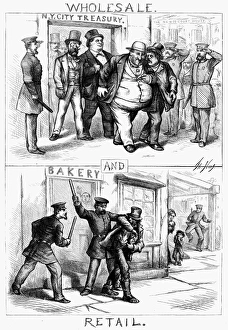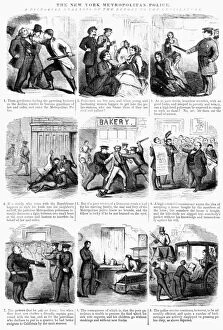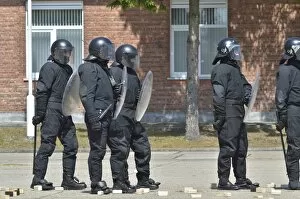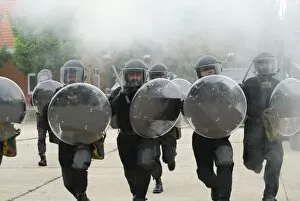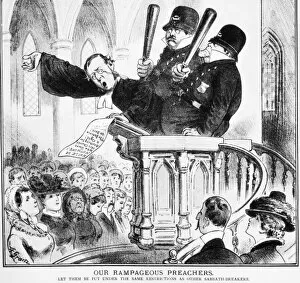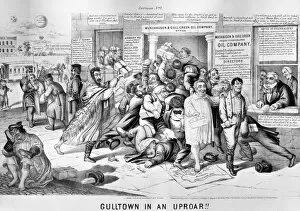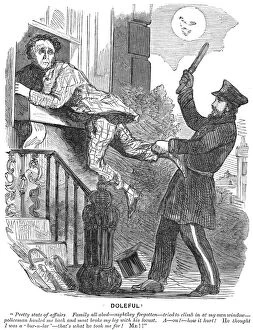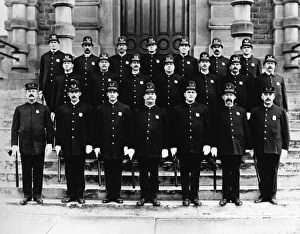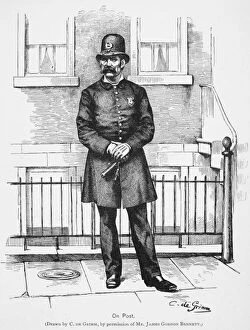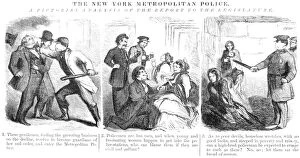Nightstick Collection
"Nightstick: A Symbol of Authority and Control" In the late 19th century
All Professionally Made to Order for Quick Shipping
"Nightstick: A Symbol of Authority and Control" In the late 19th century, the nightstick became an emblem of power as police officers used it to disperse striking employees on the streets of New York. On March 4, 1886, tensions ran high as streetcar workers protested for better working conditions. The scene was reminiscent of Thomas Nast's scathing political cartoons targeting William M. Tweed during the era of corruption in New York City. The nightstick represented not only physical force but also a means to restore order amidst chaos. It was wielded by members of the New York Metropolitan Police in their efforts to maintain peace and security in a rapidly growing city. This pictorial analysis showcases their presence on the streets, ready to confront any challenges that arose. Across the Atlantic, Belgian infantry soldiers underwent rigorous training sessions in riot and crowd control techniques using similar tools like nightsticks. These units prepared themselves for potential unrest within their nation or during international conflicts. Even dinosaurs were depicted wielding this symbol of authority. An illustration featuring a Pachycephalosaurus police officer highlights how deeply ingrained this image has become in our collective consciousness. Fast forward to circa 1918 when traffic cops patrolled Washington D. C. , directing vehicles with precision and ensuring smooth flow on bustling streets. From historical strikes to modern-day demonstrations, whether it be maintaining order or managing crowds, the nightstick remains an enduring symbol representing law enforcement's duty to protect society from turmoil while upholding justice and maintaining peace.

